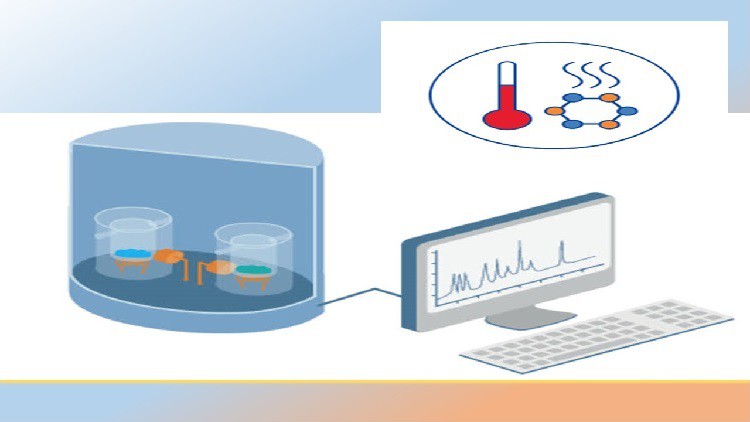
Thermal methods used in the drug analysis
What You Will Learn
Define the different instrumental methods used for drug analysis
Understand the working principle of different thermal methods used for drug analysis
study about the advanced instrumental techniques used in drug analysis
Applications of different thermal methods used in analytical chemistry.
Requirements
-
No programming experience is needed. You will learn everything you need to know for your academic use.
Description
Thermal analysis is a branch of materials science where the properties of materials are studied as they change with temperature. When the material is heated, it undergoes certain physical and chemical changes. Physical changes include phase changes such as melting, vaporization, crystallization, transitions between crystal structures, changes in microstructure in metal alloys and polymers, volume changes (expansion and contraction), and changes in mechanical behavior. Chemical changes include reactions to form new products, oxidation, corrosion, decomposition, dehydration, chemisorption, etc.
These physical and chemical changes take place over a wide temperature range. It is necessary to characterize materials and their behavior over a range of temperatures to determine what materials are suitable for specific uses and to determine what temperature range materials or chemicals can withstand without changing.
TGA (Thermogravimetric analysis) measures the amount and the rate of weight change of a material with respect to temperature or time in controlled environments. The change in the weight of the substance is recorded as a function of temperature or time. The temperature is increased at a constant rate for a known initial weight of the substance and the changes in weights are recorded as a function of temperature at different time intervals. This plot of weight change against temperature is called the Thermogravimetric curve. From TGA, we can determine the purity and thermal stability of both primary and secondary standards. Used for the determination of the composition of complex mixture and decomposition of the complex. For studying the sublimation behavior of various substances.TGA is used to study the kinetics of the reaction rate constant. Used in the study of catalysts.
DTA (Differential Thermal Analysis) is a technique in which the temperature between sample & thermally inert reference substance is continuously recorded as a function of temperature /time. This differential temperature is then plotted against time, or against temperature (DTA curve, or thermogram). The area under a DTA peak is the enthalpy change and is not affected by the heat capacity of the sample. DTA is based on changes in heat flow into the sample. Using DTA, we can detect the decomposition or volatilization of the sample, just as we can with TGA. In addition, however, physical changes that do not involve weight changes can be detected by DTA. Such changes include crystallization, melting, changes in solid crystal phases, and homogeneous reactions in the solid state. In each of these changes, there is a flow of heat between the sample and its surroundings caused by endothermic or exothermic transitions or by changes in the heat capacity. DTA is widely used in the pharmaceuticals and food industries.
Who this course is for:
- Students
- Pharmacy, science and chemistry students